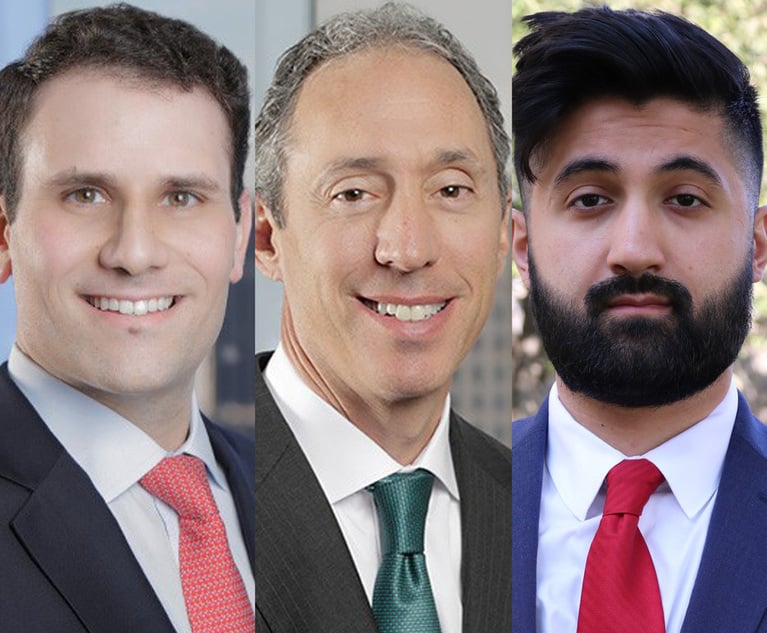 With the growth of a mixed-race population in the United States that identifies itself as “multiracial,” legal commentators have begun to raise concerns about how employment discrimination law responds to the claims of multiracial plaintiffs. The U.S. Census Bureau began permitting respondents to simultaneously select multiple racial categories to designate their multiracial backgrounds with the 2000 Census. With the release of data for both the 2000 and 2010 census years much media attention has followed the fact that first 2.4 percent then 2.9 percent of the population selected two or more races. The Census Bureau projects that the self-identified multiracial population will triple by 2060. Yet mixed-race peoples are not new. Demographer Ann Morning notes that their early presence in North America was noted in colonial records as early as the 1630s.
With the growth of a mixed-race population in the United States that identifies itself as “multiracial,” legal commentators have begun to raise concerns about how employment discrimination law responds to the claims of multiracial plaintiffs. The U.S. Census Bureau began permitting respondents to simultaneously select multiple racial categories to designate their multiracial backgrounds with the 2000 Census. With the release of data for both the 2000 and 2010 census years much media attention has followed the fact that first 2.4 percent then 2.9 percent of the population selected two or more races. The Census Bureau projects that the self-identified multiracial population will triple by 2060. Yet mixed-race peoples are not new. Demographer Ann Morning notes that their early presence in North America was noted in colonial records as early as the 1630s.
However, the presence of fluid mixed-race racial identities within allegations of employment discrimination leads some legal commentators to conclude that civil rights laws are in urgent need of reform because they were built upon a strictly binary foundation of blackness and whiteness. Building upon the social movement for recognition of multiracial identity on the census and generally, these commentators conclude that courts misunderstand the nature of discrimination against mixed-race persons when they do not specifically acknowledge the distinctiveness of their multiracial identity. Even U.S. Supreme Court litigation has begun to associate the growth of multiracial identity with the obsolescence of civil rights policies. Particularly worrisome has been the judicial suggestion that the growth of multiracial identity undercuts the legitimacy of affirmative action policies that have long sought to pursue racial equality.






